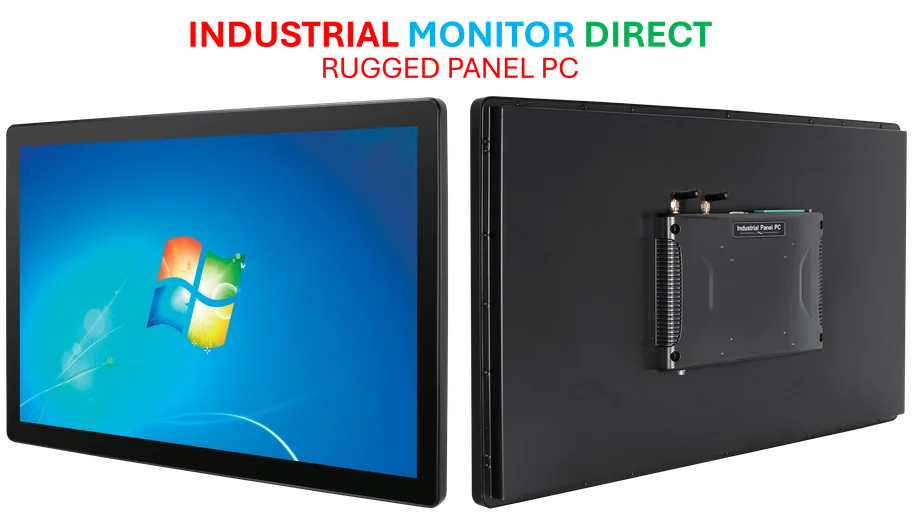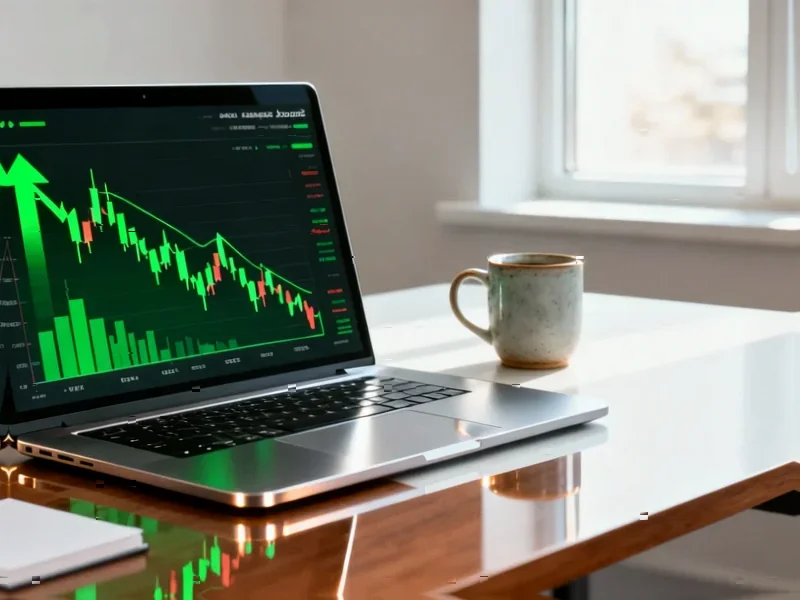According to Forbes, Miami-based fintech Securitize is going public through a SPAC merger with Cantor Equity Partners II that values the company at $1.25 billion pre-money. The company, best known for tokenizing BlackRock’s $3 billion BUIDL fund, has seen revenue grow ninefold in the past 18 months and expects about $69 million in revenue for 2025 while remaining profitable. CEO Carlos Domingo revealed the deal came together quickly after markets improved in May and June, with Circle’s successful IPO influencing their timing. The real-world asset tokenization market has ballooned 135% in the past year to $35 billion, creating perfect conditions for Securitize’s public debut. The company plans to file an S-4 with the SEC soon and hopes to complete the process by early next year, pending government reopening.
Why This Timing Makes Sense
Here’s the thing about going public – timing is everything. Domingo admitted that if you’d asked him at the beginning of 2024, going public wasn’t even on his radar. Markets were rough in March and April, but then things turned around dramatically. Circle’s successful IPO in June basically showed everyone that the window was open again. So by July, Domingo was telling his board “we’re ready” and here we are just three months later with a $1.25 billion deal. That’s lightning fast in the world of public offerings.
And honestly, the numbers back up the timing. Ninefold revenue growth in 18 months? Being profitable for two years straight? Those aren’t just vanity metrics – they’re the kind of numbers that make institutional investors sit up and pay attention. Especially when you’re working with names like BlackRock and BNY Mellon.
The Battle Between Wrappers and Native Tokenization
This might be the most interesting part of the whole conversation. Domingo draws a clear line between what he calls “wrappers” and true native tokenization. Wrappers are those synthetic products that crypto exchanges like Kraken and Gemini offer – basically IOUs for real stocks. Native tokenization means working directly with the actual issuer to create tokens that represent genuine ownership rights.
Domingo doesn’t mince words here. He calls many wrappers “a bad idea” and points to the collapse of Celsius and BlockFi as examples of what happens when you play fast and loose with regulations. His take is pretty brutal: “The moment you have the native, tokenized version of those wrappers, they go down to zero and die.” And he’s got the numbers to back it up – he mentions that Backed Finance’s xStocks products have only managed to accumulate about $130 million in assets. In a $40 trillion market, that’s basically rounding error territory.
Look, when you’re dealing with industrial-scale financial technology, you need reliability and regulatory compliance above all else. That’s why companies trust established providers – they know the infrastructure will work when it matters most.
When Will Traditional Finance Really Show Up?
This is the billion-dollar question, right? Tokenization has been crypto’s next big thing for years, but traditional finance institutions have been slow to actually use these products. Domingo identifies two key barriers that need to fall.
First, stablecoin adoption by TradFi players. It’s kind of ironic – you can tokenize all the securities you want, but if you can’t easily move tokenized dollars alongside them, you’re missing half the benefit. Domingo thinks the GENIUS Act has already addressed this, but adoption takes time.
Second, infrastructure integration. Traditional finance needs blockchain access and wallet integration that works seamlessly with their existing systems. This isn’t about building something new from scratch – it’s about making the new technology work with the old. Domingo’s timeline? “Probably less than three to five years.” That’s way more optimistic than most people in the space.
What Comes After the SPAC?
So what changes once Securitize is public? Domingo highlights three big advantages: credibility, capital access, and visibility. Being public means audited financials and proper governance – crucial when you’re dealing with the world’s largest financial institutions. It also means they can use stock for acquisitions or raise money more easily.
As for the killer app of tokenization? Domingo thinks it’s all of the above – tokenized treasuries, funds, and public stocks. But he’s particularly bullish on tokenized treasuries, noting that in traditional finance, there are more treasuries than dollars, while in crypto there’s $200 billion of tokenized dollars versus only $8 billion of tokenized treasuries. That gap represents massive growth potential.
The regulatory environment has also shifted dramatically with the new administration. Domingo calls it “night and day” compared to before, with Paul Atkins leading the SEC and Commissioner Peirce’s crypto task force creating a much friendlier landscape. Basically, the stars are aligning for tokenization to finally have its moment – and Securitize plans to be at the center of it all.




